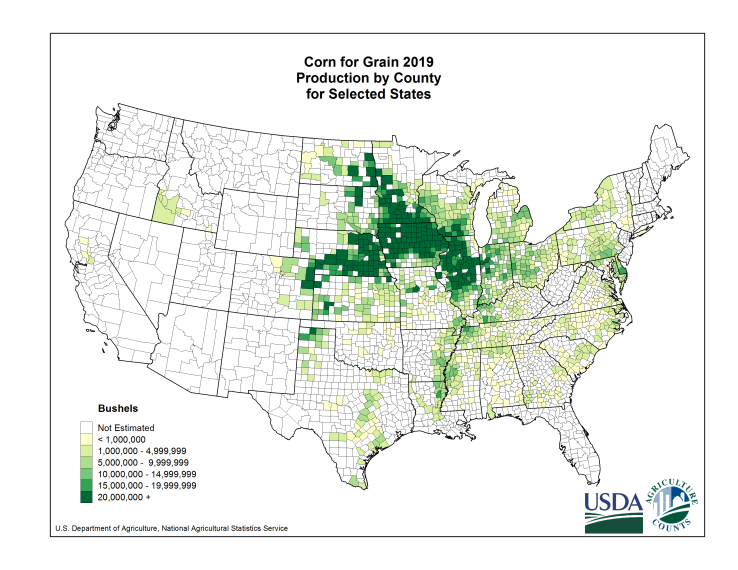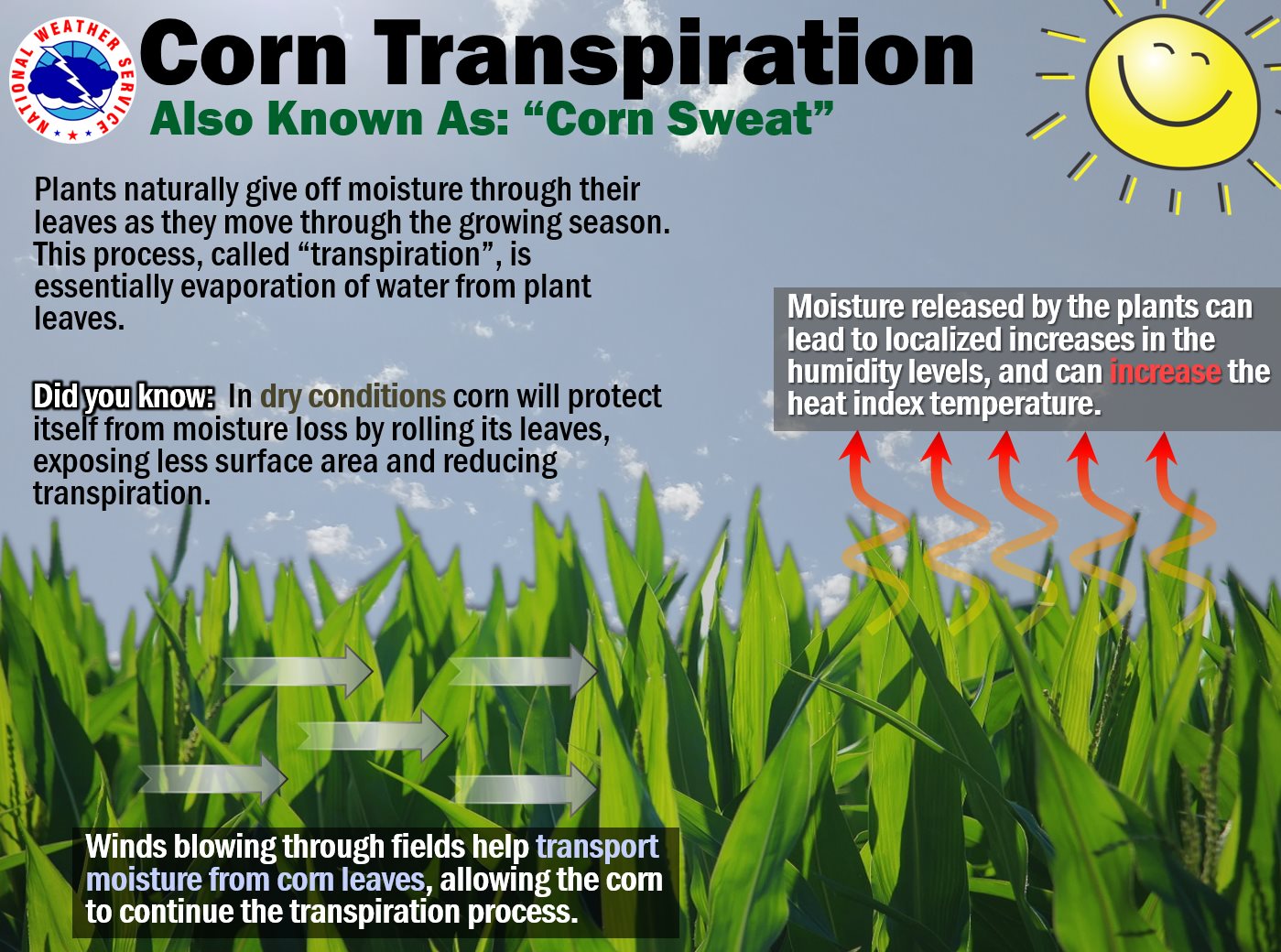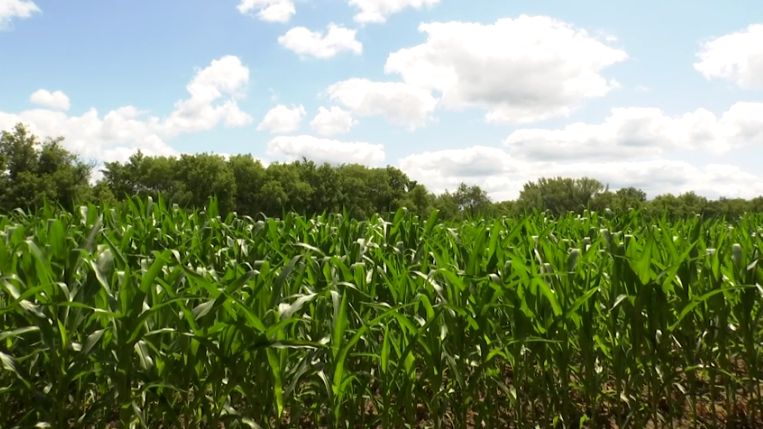Believe it or not, the idea for this blog post came to me while having a delicious ear of corn on the cob with my barbeque chicken dinner in the Central Adirondacks this weekend.
You might be thinking, how on earth would this spring an idea for a weather blog post? Please lend me your ear 🌽

Corn on the cob is a summer food staple, and while we don't produce it on the magnitude of a state like Iowa, you're bound to pass numerous corn fields and farm stands selling it this summer.
When driving by one of these corn fields on a hot summer day, would you ever think that the corn field is actually making it feel hotter outside?
Ladies and gentlemen, let me introduce you to a term you've likely never heard before-- Corn Sweat. Also known as corn transpiration, but let's be honest corn sweat is so much better.

When temperatures soar into the 80s and 90s like they have many times this month, corn along with a few other crops release moisture into the atmosphere through transpiration. This is a cooling mechanism similar to when humans sweat.
In the summer months, an acre of corn can sweat up to four thousand gallons in a single day. This moisture released by the crops can increase humidity in a hyper localized area which in turn increases the heat index value (feels like temperature).
While corn sweat has a much larger impact on summer weather and climate across the central and northern Plains, the next time you're near a corn field or farm and it feels a littler muggier, this may be the reason why.



